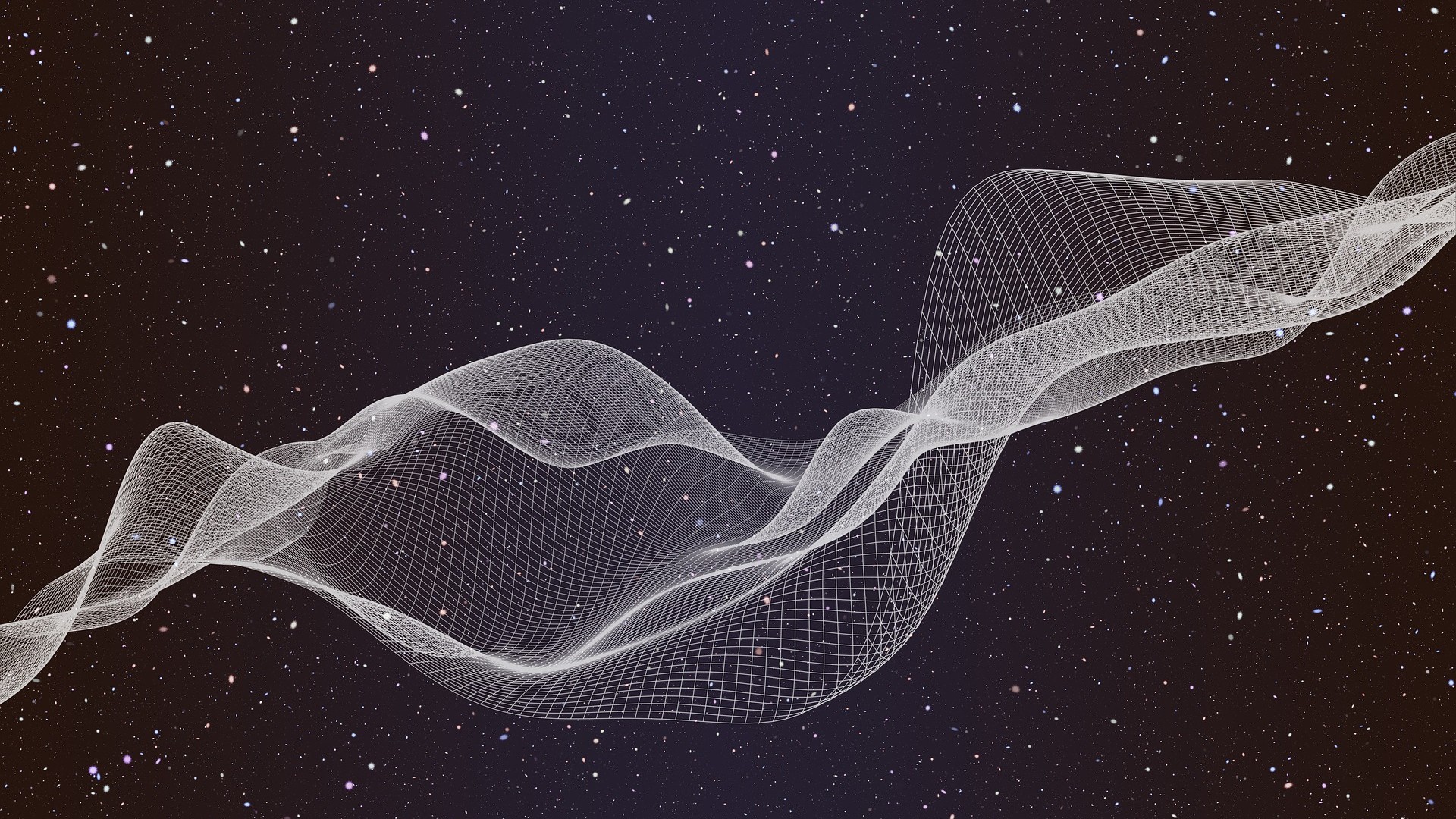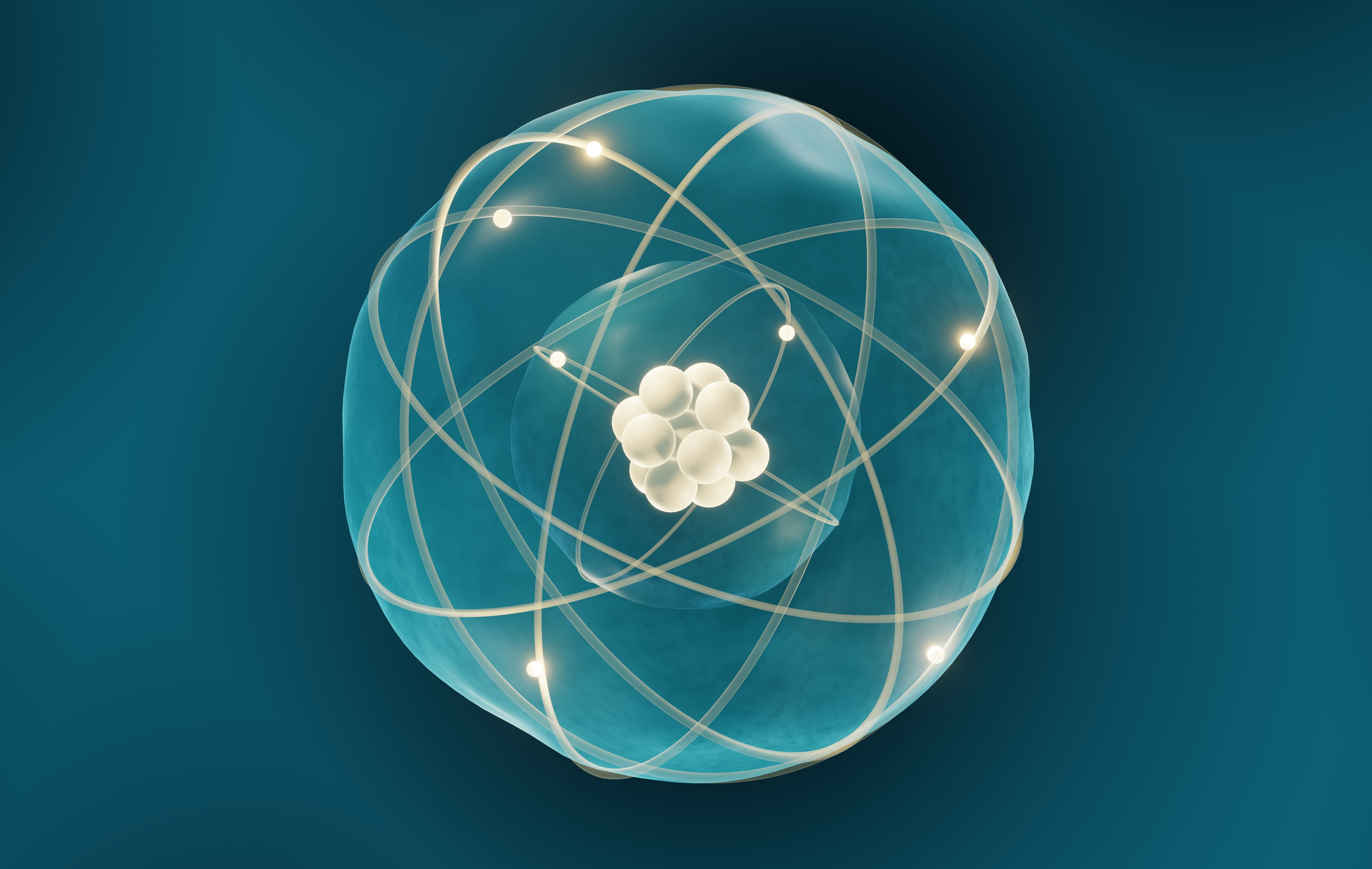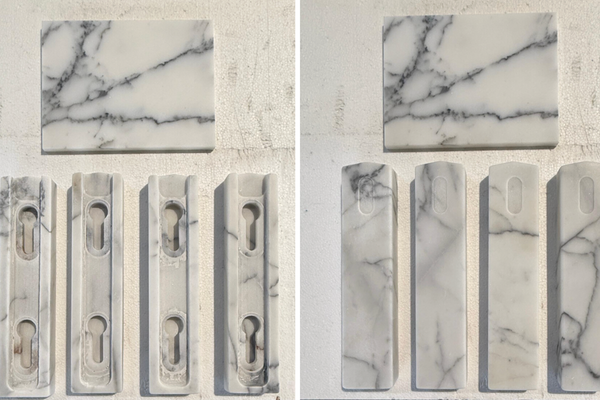
Theoretical physicists have proposed a new solution to the Schrödinger's cat paradox, which may allow the theories of quantum mechanics and Einstein's relativity to live in better harmony.
The bizarre laws of quantum physics postulate that physical objects can exist in a combination of multiple states, like being in two places at once or possessing various velocities simultaneously. According to this theory, a system remains in such a "superposition" until it interacts with a measuring device, only acquiring definite values as a result of the measurement. Such an abrupt change in the state of the system is called a collapse.
Physicist Erwin Schrödinger summarized this theory in 1935 with his famous feline paradox — using the metaphor of a cat in a sealed box being simultaneously dead and alive until the box is opened, thus collapsing the cat's state and revealing its fate.
However, applying these rules to real-world scenarios faces challenges — and that's where the true paradox arises. While quantum laws hold true for the realm of elementary particles, larger objects behave in accordance with classical physics as predicted by Einstein's theory of general relativity, and are never observed in a superposition of states. Describing the entire universe using quantum principles poses even greater hurdles, as the cosmos appears entirely classical and lacks any external observer to serve as a measuring device for its state.
"The question is can the Universe, which does not have a surrounding environment, be in such a superposition?" lead author Matteo Carlesso, a theoretical physicist at the University of Trieste in Italy, told Live Science in an email. "Observations say no: everything goes along the classical predictions of General Relativity. Then, what is breaking such a superposition?"
Related: Quantum 'yin-yang' shows two photons being entangled in real-time
To tackle this question, Carlesso and his colleagues proposed modifications to the Schrödinger equation, which governs how all states, including those in superposition, evolve over time.
"Specific modifications of the Schrödinger equation can solve the problem," Carlesso said. In particular, the team added terms to the equation that captured how the system interacts with itself, as well as adding some other specific terms. This in turn leads to superposition breaking down.
"Such effects are stronger the larger the system," Carlesso added.
Crucially, these modifications have little impact on microscopic quantum systems, such as atoms and molecules, but allow larger systems — like the universe itself — to collapse at frequent intervals, giving them definite values that fit with our observations of the cosmos. The team described their modified Schrödinger equation in February in the Journal of High Energy Physics.
Taking the cat out of purgatory

In their tweaked version of quantum physics, the researchers eliminated the distinction between objects subject to measurement and measuring devices. Instead, they proposed that each system's state undergoes spontaneous collapse at regular intervals, leading to the acquisition of definite values for some of their attributes.
For large systems, spontaneous collapse occurs frequently, rendering them classical in appearance. Subatomic objects interacting with these systems become part of them, leading to rapid collapse of their state and the acquisition of definite coordinates, akin to measurement.
"With no action from external entities, any system localizes (or collapses) spontaneously in a particular state. In place of having a cat being dead AND alive, one finds it dead OR alive," Carlesso said.
The new model may explain why our universe's space-time geometry doesn't exist in a superposition of states and obeys the classical equations of Einstein's relativity.
"Our model describes a quantum Universe, which eventually collapsed thus becoming effectively classical," Carlesso said. "We show that spontaneous collapse models can explain the emergence of a classical Universe from a quantum superposition of Universes, where each of these Universes has a different space-time geometry."
While this theory may explain why the universe seems to be governed by classical laws of physics, it doesn't make new predictions about large-scale physical processes.
However, it does make predictions about how atoms and molecules will behave, albeit with minimal deviations from conventional quantum mechanics.
As a result, testing their modified quantum model won't be so simple. Future work will be aimed at coming up with such tests.
"Together with experimental collaborators, we are trying to test the effects of the collapse modifications or derive bounds on their parameters. This is completely equivalent to testing the limits of quantum theory."







